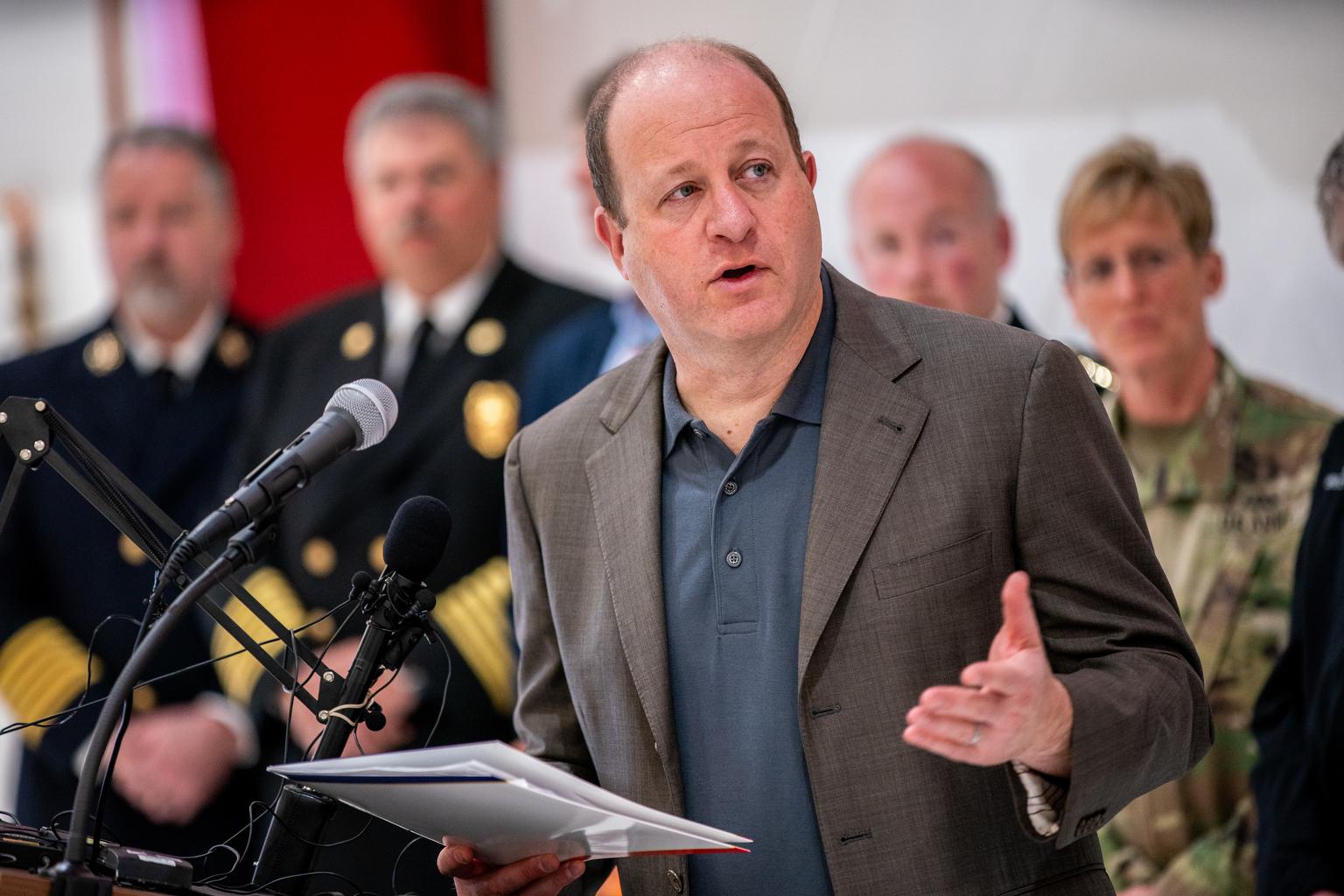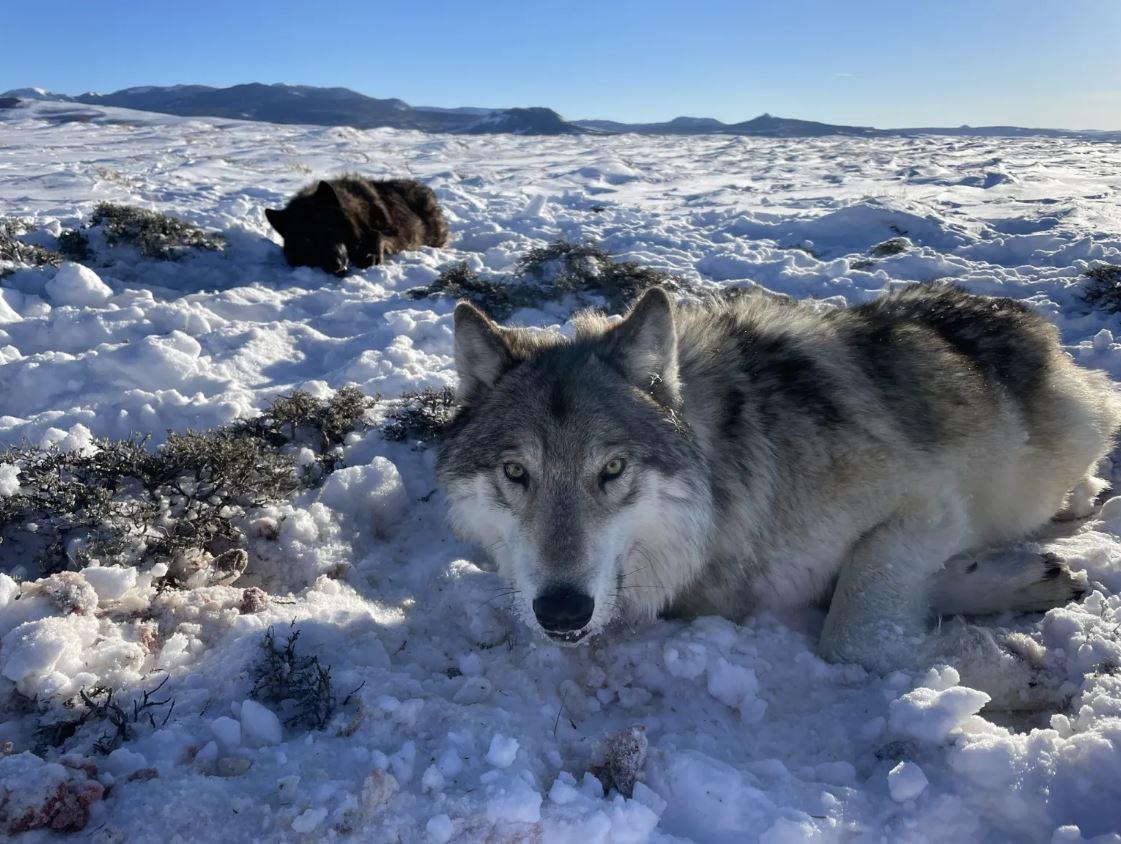
At least one wolf from what is likely the first breeding pack Colorado has seen in 80 years wandered into Wyoming in 2023 and was killed.
That’s according to credible reports from ranchers and other stakeholders interviewed by WyoFile.
No Wyoming or Colorado official, however, has confirmed the wolf killing.
Wyoming claims the information is confidential and that not even Colorado wildlife officials have a right to know.
An 11-year-old state law intended to conceal the identity of people who legally kill wolves in Wyoming is keeping Wyoming officials tight lipped. The statute is being interpreted so broadly that Wyoming Game and Fish Department officials say they cannot share anything more specific than the aggregate number of wolves that have been killed in the state’s 53-million-acre “predator zone” — an area that covers roughly 85% of Wyoming. So if a wolf dies well outside of Canis lupus’ normal range in southern Wyoming, even the general region of the killing is considered confidential.
In other words, state officials say merely confirming a wolf killing in a Wyoming county — or even the southern half of the state — would run afoul of the law because that information could somehow identify the person who pulled the trigger.
“We talked to our attorney, and she said basically that we cannot provide [wolf deaths] by location or areas like we used to,” said Dan Thompson, the large carnivore supervisor for the Wyoming Game and Fish Department. “It’s all aggregate.”
The statute, and the Wyoming Attorney General’s reinterpretation of it, are hamstringing Colorado’s ability to monitor its historic and closely watched North Park Pack — founded by a known Wyoming migrant wolf, 1084. The pack, which established a home range in northern Colorado’s Jackson County, has continued to eke out an existence on the eve of the expected broader reintroduction of wolves to the Centennial State, now just months away.
Although Wyoming law has stymied the free flow of information about North Park Pack wolves when they’ve crossed an invisible state border and died, word has gotten out anyway. Last October three black subadult female members of that pack wandered north and were legally killed by hunters, an incident that drew headlines and triggered threats of a lawsuit. Colorado Parks and Wildlife officials learned of the suspected losses to the pack from a private landowner, spokesman Travis Duncan told WyoFile in an email.
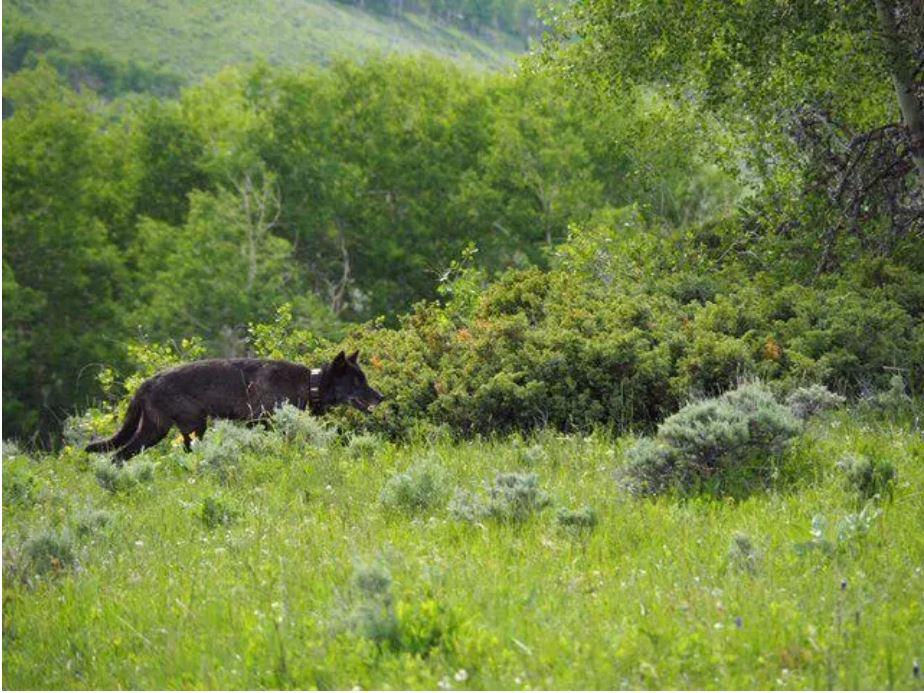
There are no seasons or other limitations on killing wolves in Wyoming’s predator zone — eradication is openly the goal — but the state does require that successful hunters and trappers submit reports notifying authorities of their kills. Colorado officials have learned that their counterparts in the Equality State are unwilling to share those reports, or any information within them.
“Wyoming Game and Fish said they cannot provide those data to us,” Duncan said in the email.
But the southern Wyoming wolf deaths — of animals likely associated with the North Park Pack — continued this year. Colorado didn’t receive any reports of the deaths this time, Duncan said.
‘Everybody knows about it’
It’s no secret that wolves have been killed recently in Carbon County, not far from the southern border, said Pat O’Toole of the Ladder Ranch. A neighboring Wyoming rancher, he said, killed a wolf “a couple months ago.”
“Everybody knows about it,” O’Toole said. “I’ve seen pictures of it.”
O’Toole’s not thrilled that his Little Snake River-area ranch, which straddles the state line, has once again become the domain of the wolf, a sometimes difficult-to-live-with large carnivore that was eliminated from Colorado’s southern Rockies by the mid-1940s. Wolves that gain a taste for domestic animals often kill until they’re killed themselves, he said, and they make livestock ranching more difficult.
O’Toole was not surprised that likely North Park Pack wolves haven’t lasted long once they’ve crossed the state line. With a step across that line, a wolf goes from a “State Endangered” classification — fully protected from hunting — to a “predator” that can be shot on sight without a license by anyone.
“This valley is full of hunters, and boy, it’d be a pretty smart wolf to make it in this valley,” O’Toole said. “Everybody here drives around with a rifle in their pickup because that’s the culture.”
Wyoming’s predator zone and unregulated hunting near the state line has hampered wolves’ ability to establish in Colorado.
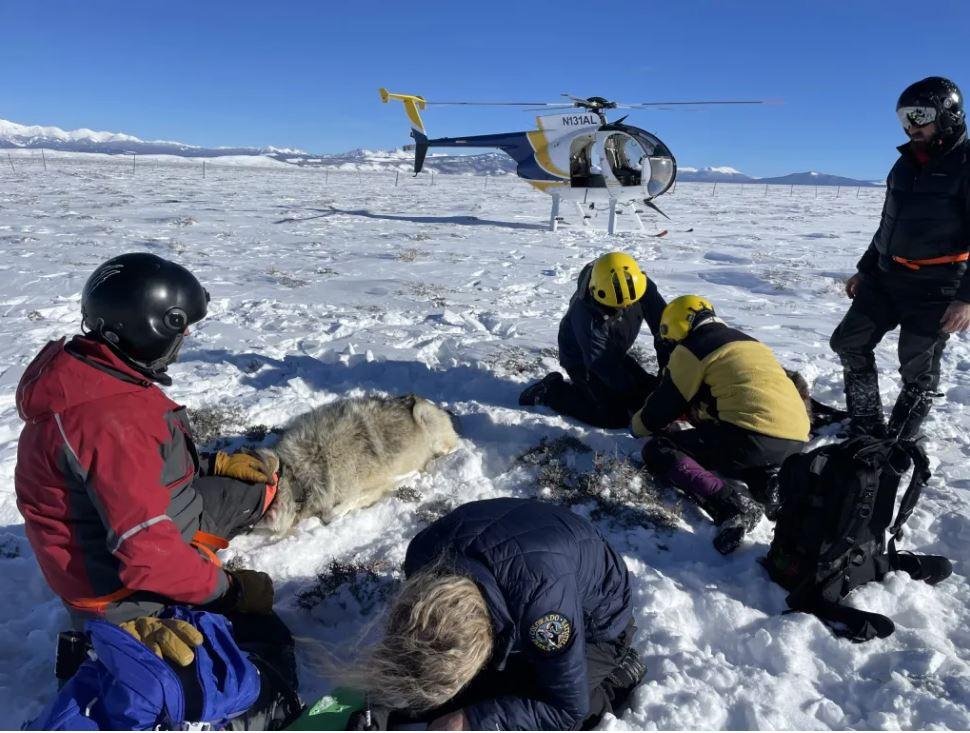
“Essentially, one state is blocking a national success story from happening,” said Matt Barnes, a rangeland scientist who was a member of the advisory group that helped shape Colorado’s wolf management plan. “It is absolute night and day, either side of this invisible line, which is always not good for wildlife.
In 2020, Colorado’s first modern-day wolf pack found a home range off to the west in Moffat County, not far from the Wyoming border. The pack wasn’t confirmed to have produced a litter, like the North Park Pack has, and it also didn’t last long. Three wolves from the pack were reportedly shot in Wyoming, right near the state line. U.S. Fish and Wildlife Service law enforcement officers investigated that boundary killing incident, WyoFile has confirmed, and the inactive case was recommended for closure. But the federal agency didn’t formally close the investigation, leaving the files unretrievable through the Freedom of Information Act.
And now the North Park Pack has been cut down by legal hunting across the state line. In February, Colorado Parks and Wildlife captured and collared two males: wolves 2101 and 2301. Even if reports continue to come in, any other wolves remaining in the state are unconfirmed.
“CPW is currently only aware of these two wolves in Colorado,” Duncan said in an email. “There was no evidence of reproduction in 2023.”
Reintroduction looms
Biologically, it likely won’t make much difference if the North Park Pack is hunted out of existence. The reason is that Colorado is months away from initiating its plan to reintroduce wolves to the southern Rockies. That plan, set in motion by voters in 2020, is to import 30 to 50 wolves west of the Continental Divide at least 60 miles from Colorado’s borders with Wyoming, Utah and New Mexico.
Wyoming declined to provide wolves to its southern neighbors. Gov. Mark Gordon explained the decision in a statement, saying Wyoming is opposed to Colorado’s wolf reintroduction and “has the scars and lessons learned” from its own wolf reintroduction to Yellowstone National Park nearly three decades ago.
“Wyomingites know all too well the challenges associated with introducing a new large carnivore into an existing ecosystem,” Gordon said. “It does not matter that the wolves may have been a part of the system in generations past; it is still a huge change.”
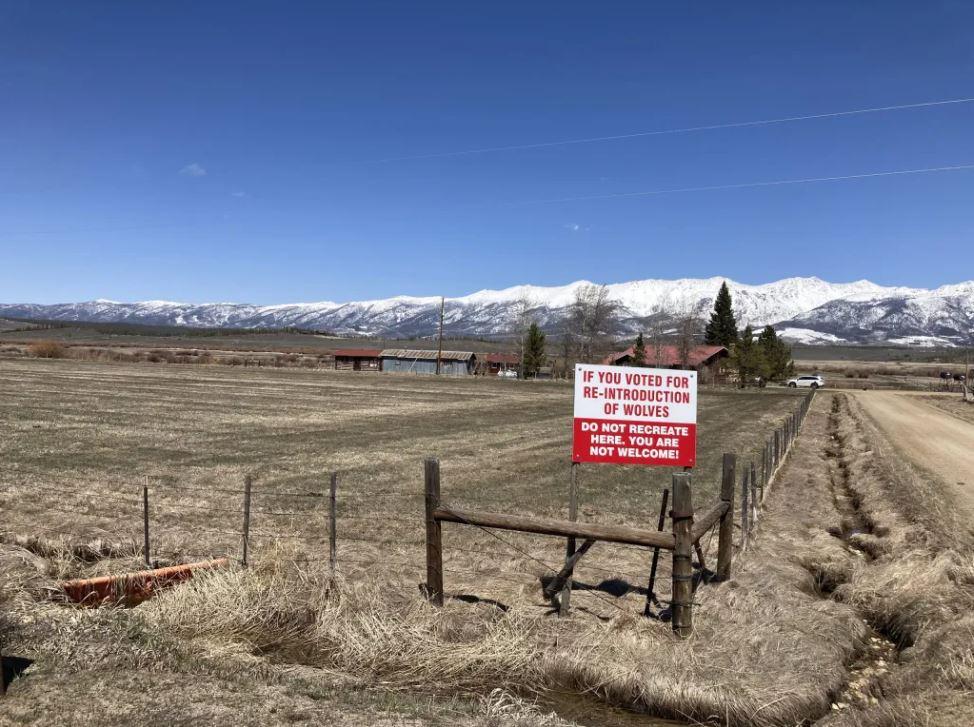
Montana and Idaho also declined to provide their fellow western state with wolves. But talks are ongoing with Washington and Oregon and northern Idaho’s Nez Perce Tribe.
Duncan, at CPW, told WyoFile in the email that he’s “confident” Colorado will gain the cooperation of one or more states or jurisdictions.
“CPW plans to release the first wolves in Colorado this winter,” he said. “We anticipate that we will find a source in time to release wolves prior to the December 31, 2023, deadline.”
Given the looming reintroduction, former federal wolf biologist Mike Phillips isn’t surprised that Colorado Parks and Wildlife officials haven’t made much of historically significant North Park Pack animals getting shot up in an area outside of their control.
“If I was Colorado, I’d have plenty to do without getting in a pissing match with the state of Wyoming,” said Phillips, who was a member of Colorado’s wolf reintroduction advisory panel.
‘It’s crazy’
Still, Phillips described Wyoming’s practice of keeping the wolf deaths classified as a “sad state of affairs.”
“It speaks to just how irrational people are when thinking about gray wolves,” he said. “It’s crazy.”
Controversy around the wolf deaths in southern Wyoming have also fueled calls to federally protect Canis lupus across the species’ range in the West.
“It’s intolerable that Colorado’s invaluable, endangered wolves can be secretly gunned down upon entering Wyoming,” Center for Biological Diversity staffer Collette Adkins told WyoFile in an emailed statement. “This travesty reinforces the need to return federal protections to wolves in Wyoming and across the northern Rockies.”
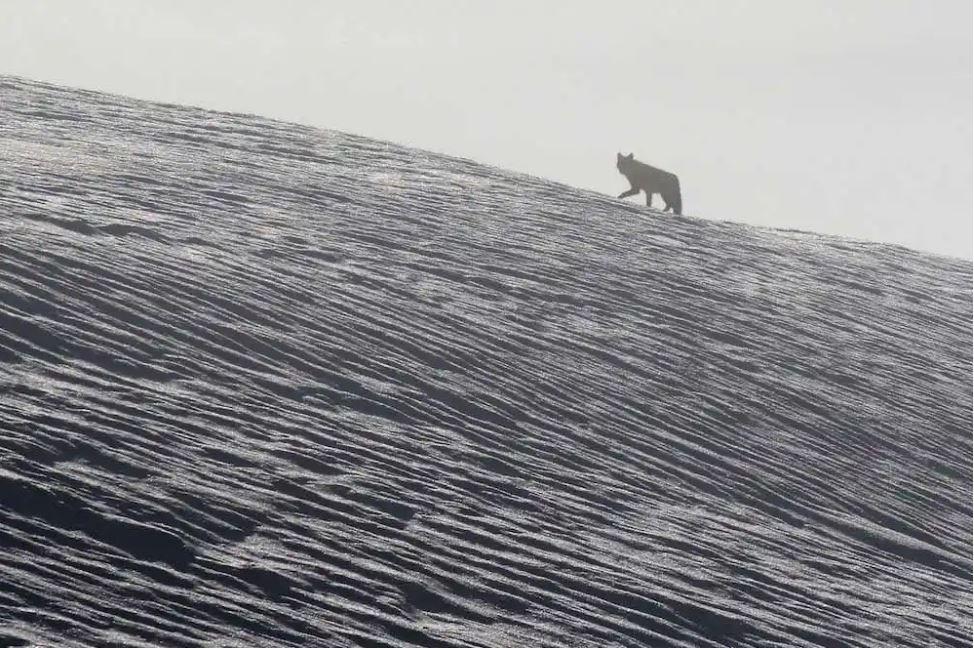
Adkins’ employer already threatened to sue the U.S. Forest Service for not safeguarding wolves on the Medicine Bow-Routt National Forest in Wyoming, contending Endangered Species Act violations. But the lawsuit didn’t materialize after the Forest Service informed the advocacy group that there was no evidence of “confirmed gray wolf populations, denning or gathering/rendezvous sites identified” on the national forest.
As Colorado’s wolf population picks up steam in the years ahead, it’s likely that there will be more incidents of dispersed wolves being legally hunted across the northern border in Wyoming. After the Yellowstone and central Idaho reintroduction in 1995 and ‘96, the population of 66 reintroduced wolves grew rapidly, roughly tenfold within six years. Unless the Wyoming Attorney General’s Office reinterprets the statute yet again, exactly how many of Colorado’s newfound wolves meet their end in Wyoming is likely to remain a mystery.
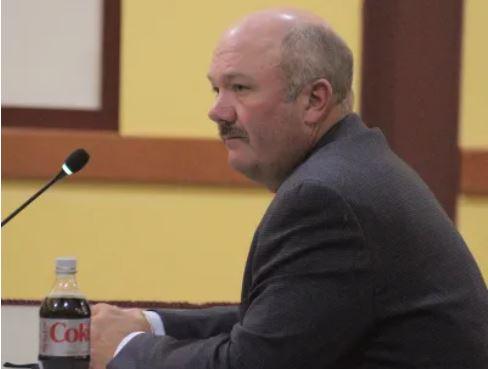
A bill protecting the identity of legal wolf hunters made it through the Wyoming Legislature in 2012 in the aftermath of an Idaho wolf hunter’s identity being posted online, which led to harassment.
There are two applicable sentences in the legislation: “Any information regarding the number or nature of wolves legally taken within the state of Wyoming shall only be released in its aggregate form and no information of a private or confidential nature shall be released without the written consent of the person to whom the information may refer. Information identifying any person legally taking a wolf within this state is solely for the use of the department or appropriate law enforcement offices and is not a public record …”
Until recently, the Wyoming Game and Fish Department did not interpret the statute quite so broadly. Just this spring, for example, Game and Fish Director Brian Nesvik told WyoFile that, “We do know of harvest down in southern Wyoming in the predator area in 2022.”
It’s unclear what changed.
Game and Fish Chief Warden Rick King did not specify how releasing wolf mortality data on a regional scale — which the department isn’t doing — would violate the statute. “The Department does not comment on the legal advice we have received,” he said in an email.

Recently retired longtime First Amendment attorney Bruce Moats suspects that the attorney general’s interpretation of the statute runs afoul of the Wyoming Public Records Act and legal precedent, which established that agencies have an obligation to “segregate material, redact exempt material and turn over the rest.”
“I think that applies here,” Moats said. “Why can’t you redact the names?”
The Wyoming Attorney General’s Office did not respond to WyoFile’s request for an interview.
WyoFile is an independent nonprofit news organization focused on Wyoming people, places and policy.

